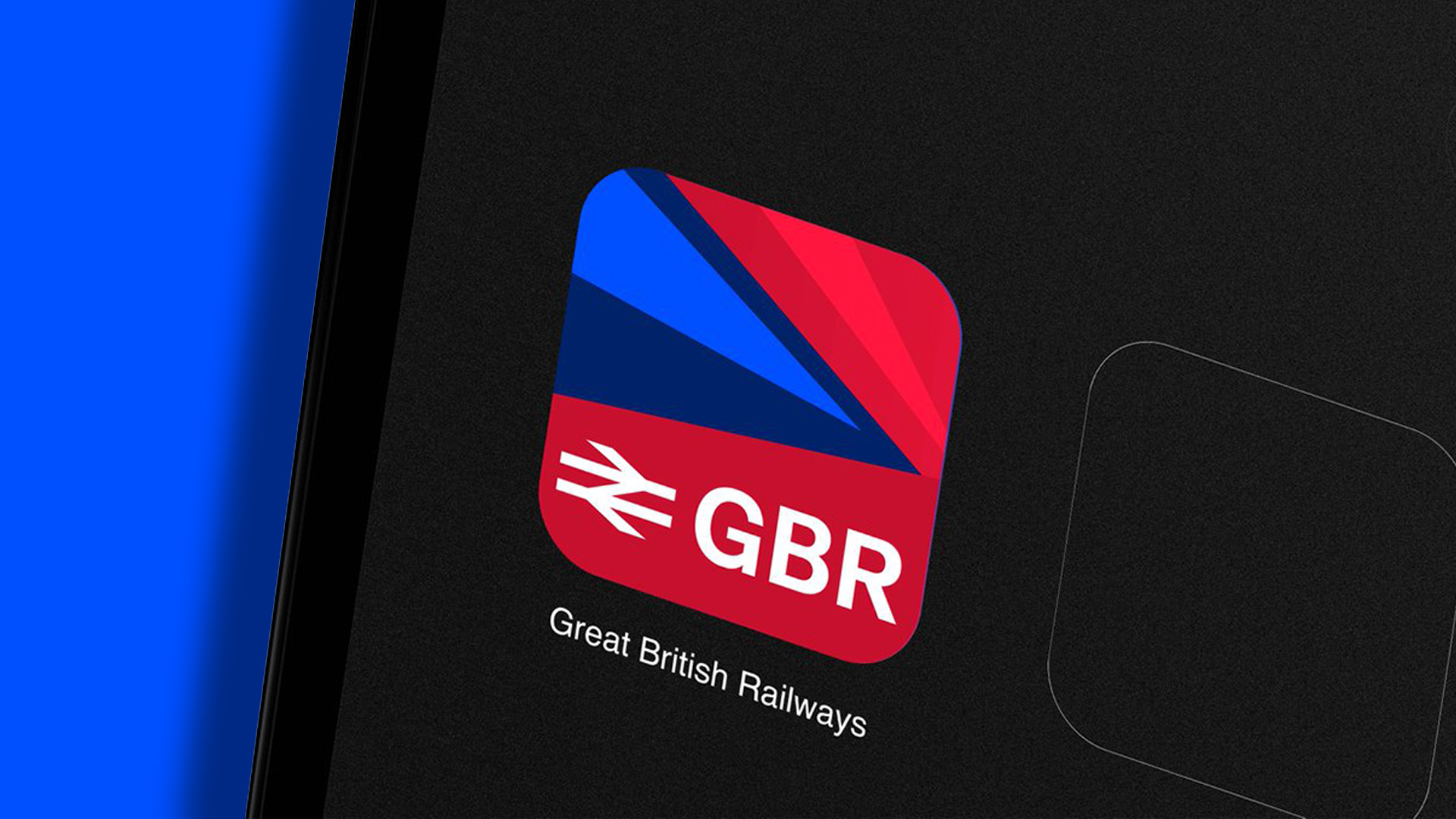Need a creative pick me up? Follow Fred Deakin's two-week design workout
Join the veteran designer and UAL students on an intensive creative workshop, right here.
With the holiday celebrations already a fading memory, 2016 is slowly getting into gear.
At University of the Arts London, Prof. Fred Deakin – creative veteran previously of Airside studio and music duo Lemon Jelly – is welcoming in the New Year with an exciting experiment in Arts Education.
The intensive two-week workshop, Modual: 2016, is designed to help 60 selected final year students from across disciplines harness the power of collaboration.
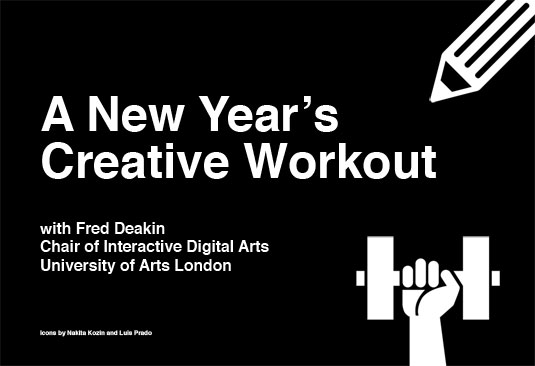
With much of the workshop taking place virtually, the students will also explore the possibilities presented by the internet and cutting edge digital tools to make the tricky leap from education to employment or indeed entrepreneurship.
If you're feeling in need of a creative pick me up, we will be publishing extracts from the workshop daily, with tips, tricks and tactics from Fred Deakin himself on how to find your creative calling and make best use of your skills to make a difference in 2016 and beyond.
Day 01: Know thyself
Traditional creative education isn't great at teaching us to collaborate, with students being taught and assessed as individuals, siloed in particular courses.
Come graduation, however, these same students are finding that today's complex, digital world is increasingly demanding them to work in teams, collaborating with others with dramatically different approaches, backgrounds and skillsets.
Daily design news, reviews, how-tos and more, as picked by the editors.
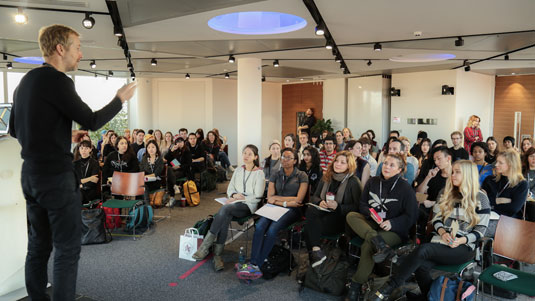
Collaboration is essential, but there's often a lot more to it than just sitting round the same table and maybe setting up a shared Dropbox.
The first stumbling block that many us – student or indeed seasoned professional – come across is not our colleagues and co-workers, but in fact a lack of creative self-knowledge.
Can you clearly define what you do?
Effective collaborators in modern creative teams are often those who have a good understand of their abilities and can clearly define what it is exactly they do. Creative types can find this more difficult than most precisely because their disciplines can be so broad, nebulous and interdisciplinary.
It's all too easy to let our academic disciplines do the work of defining what we do, but this can be a mistake. The use of someone with a 'product design' degree for example, might not seem immediately apparent to a busy creative team solving a complex digital problem.
But say this product designer is self-aware enough to know that his or her real powers lie in an ability to visualise ideas and scenarios as well as maybe being a whizz on social media and a compelling public speaker… Well, the chances of this 'product designer' finding a place in the team just skyrocketed. Along with their employability!
Join the team by finding your T
One way to get your creative collaboration pitch in order is to conceptualise your abilities in a T-shape. "The T-Shaped Designer" was a concept was popularised by design consultancy IDEO to convey the kind of creative they look for to join their highly collaborative interdisciplinary teams.
The logic goes that a good creative collaborator will have both a deep knowledge in a specific field (the vertical strut of the T) and a broad working knowledge of various disciplines (the T's horizontal crossbar).
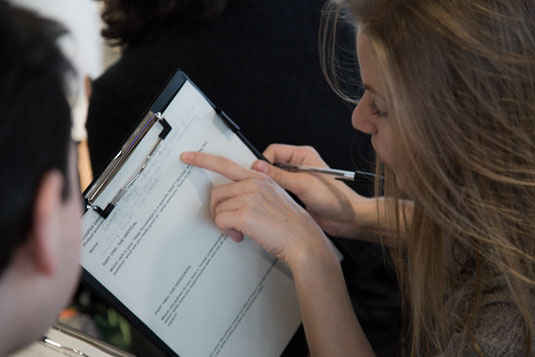
Your task, is to get your understanding of your 'deep knowledge' down to a sentence that feels like it resonates in the very core of your creative being. Again, you may have to look beyond the labels given to you by your degree course or job title to really get to the heart of what your one true creative calling is.
Our product designer friend may actually find on reflection that designing 3D objects is not their core skill, but more something around thinking up creative solutions to problems and being able to visualise and communicate them in a way that gets buy in from a team and clients.
Now think wide
Once you've defined this vertical axis of your T, listing out the disciplines in which you have knowledge and skills on your horizontal axis should be easy.
Don't be afraid to think outside the creative discipline box here. If you have a sideline in music or a penchant for cooking these are skills that could come in handy in future job as part of a team.
You might be able to do this task alone, but (in the spirit of collaboration) it can often be more fruitful to do this with a partner with a pad and pen. Take two minutes to give your partner a stream of conscious about your deep knowledge.
After two minutes, your partner can play back what they heard, and you may find that, from the outside looking in, they can see your core skill with a good deal more clarity.
Work together to boil the findings into a compelling sentence and then reverse roles and repeat. With the vertical struts nailed down, move on to the horizontal and get down a good list for both of you.
Keep these notes to hands as you move forward in your creative career and return to them to remind yourself of your collaboration pitch, or indeed to update them as your career evolves.
How to find the right collaborators
There are two types creativity energy in this world. 'Structural' creativity sees a solution in the distance, maps out the route and takes confident strides to get there in the allotted time.
'Generative' creativity takes a much more scenic route between start and end point, letting process and inspiration be the guide, typically exploring unexpected avenues with little regard for timelines and deliverables.
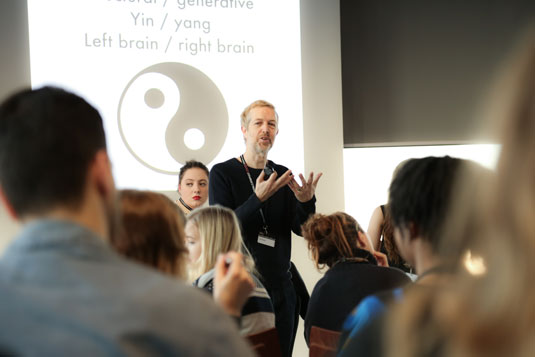
Understanding your own weighting between these ying and yang of creativity can help you identify what you are missing in your process, and what a potential collaborator might be able to balance out.
If you are the free-floating, explorative creative type you might find working with someone who has a much more rigorous, time-efficient process could take your work to the next level.
If, on the other hand, you're a little too rigid in your problem solving approach, you might really enjoy working with someone who is going to spot opportunities on the peripheries and make unexpected connections as you keep your eyes on the deadlines.
Keep up with the action
Fred Deakin's workshop will be running from 5-15th of January. Stay tuned for more tips and tricks on raising your creative game in 2016.
To hear more about the workshop and to see how students from UAL are progressing with improving their collaboration skills, check out the Modal: 2016 workshop homepage, Twitter and Instagram.
If you'd like to hear more of the workshop content and make use of a video course presented by Fred, sign up for the free content on the workshop's site.
Liked this? Read these...
- 8 tips to turbocharge your creative career
- Upgrade your design skills in 2016
- Download the best free fonts

The Creative Bloq team is made up of a group of art and design enthusiasts, and has changed and evolved since Creative Bloq began back in 2012. The current website team consists of eight full-time members of staff: Editor Georgia Coggan, Deputy Editor Rosie Hilder, Ecommerce Editor Beren Neale, Senior News Editor Daniel Piper, Editor, Digital Art and 3D Ian Dean, Tech Reviews Editor Erlingur Einarsson, Ecommerce Writer Beth Nicholls and Staff Writer Natalie Fear, as well as a roster of freelancers from around the world. The ImagineFX magazine team also pitch in, ensuring that content from leading digital art publication ImagineFX is represented on Creative Bloq.
